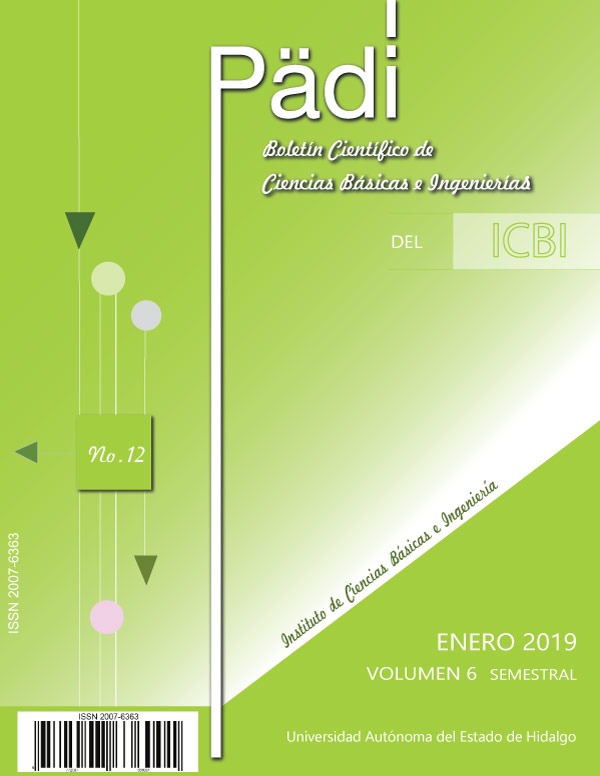The influence of change management on the implementation of BIM in the sustainable building industry in Mexico
DOI:
https://doi.org/10.29057/icbi.v6i12.3579Keywords:
BIM, CM, Building Information Modeling, Change ManagementAbstract
BIM has put the industry's traditional production mode in crisis to focus on collaborative and information management processes as fundamental pillars of a new paradigm. Despite its acknowledged benefits, the implementation and dissemination of BIM have numerous barriers that transcend the technological dimension to reach the social one. The latter is expressed in the change of work methodologies, sustainable design and building construction, in new forms of collaboration, in the appearance of new roles, in the adjustments of business organization, contracts and business models. All these aspects also have a common factor that is change, an element where the BIM implementation process finds its greatest obstacle due to the innovation it represents for any organization. In our research, a statistical correlation is carried out to determine the influence of Change Management in the BIM implementation process.
Downloads
Publication Facts
Reviewer profiles N/A
Author statements
Indexed in
- Academic society
- N/A
References
Doppler, K., & Lauterburg, C. (1998). Change Management. Managing Defence in a Democracy (1st ed.). Barcelona: Editorial Ariel, S. A.
Eastman, C., Teicholz, P., Sacks, R., & Liston, K. (2011). BIM Handbook: A Guide to Building Information Modeling for Owners, Managers, Designers, Engineers and Contractors. Building (Vol. 2). https://doi.org/10.1002/9780470261309
Giel, B., Graduate Research Assistant, P. D., A Issa, R. R., Professor, H., Liu, R., & Professor, A. (2012). PERCEPTIONS OF ORGANIZATIONAL BIM MATURITY VARIABLES WITHIN
THE US AECO INDUSTRY. In CIB W078 2012: 29th International Conference – Beirut, Lebanon, 17-19 October.
Hardin, B., & McCool, D. (2014). BIM and Construction Management - Proven tools, methods, and workflows. Igarss 2014 (second edi).
Prosci. (2017). ADKAR Model Overview. Retrieved from https://www.prosci.com/adkar/adkar- model
Randy Deutsch, AIA, L. A. (2011). BIM and Integrated Design: Strategies For Architectural Practice.
Zhurnal Eksperimental’noi i Teoreticheskoi Fiziki (1st ed.). John Wiley & Sons, Inc.
Sadatsafavi, H., & Walweski, J. (2011). Study of Organizational Change Management in Project- Driven Organizations Using Maturity Models. In PMI® Global Congress 2011—North America, Dallas, TX. Newtown Square (pp. 1–9). Project Management Institute.
Sebastian, R., & van Berlo, L. (2010). Tool for Benchmarking BIM Performance of Design, Engineering and Construction Firms in The Netherlands. Architectural Engineering and Design Management. https://doi.org/10.3763/aedm.2010.IDDS3
Succar, B. (2009). Building information modelling framework: A research and delivery foundation for industry stakeholders. Automation in Construction, 18(3), 357–375. https://doi.org/10.1016/j.autcon.2008.10.003
Succar, B., & Kassem, M. (2016). Building Information Modelling : Point of Adoption. CIB World Congres, (2016), 1–11.
Torres Aranda, L. A. (2012). Herramientas de Apoyo a la Gestión del Cambio organizacional en un Sistema de Lean Manufacturing, 100.
Wu, C., Xu, B., Mao, C., & Li, X. (2017). OVERVIEW OF BIM MATURITY MEASUREMENT
TOOLS. Journal of Information Technology in Construction (ITcon), 22(22), 34–62. Retrieved from http://www.itcon.org/2017




















